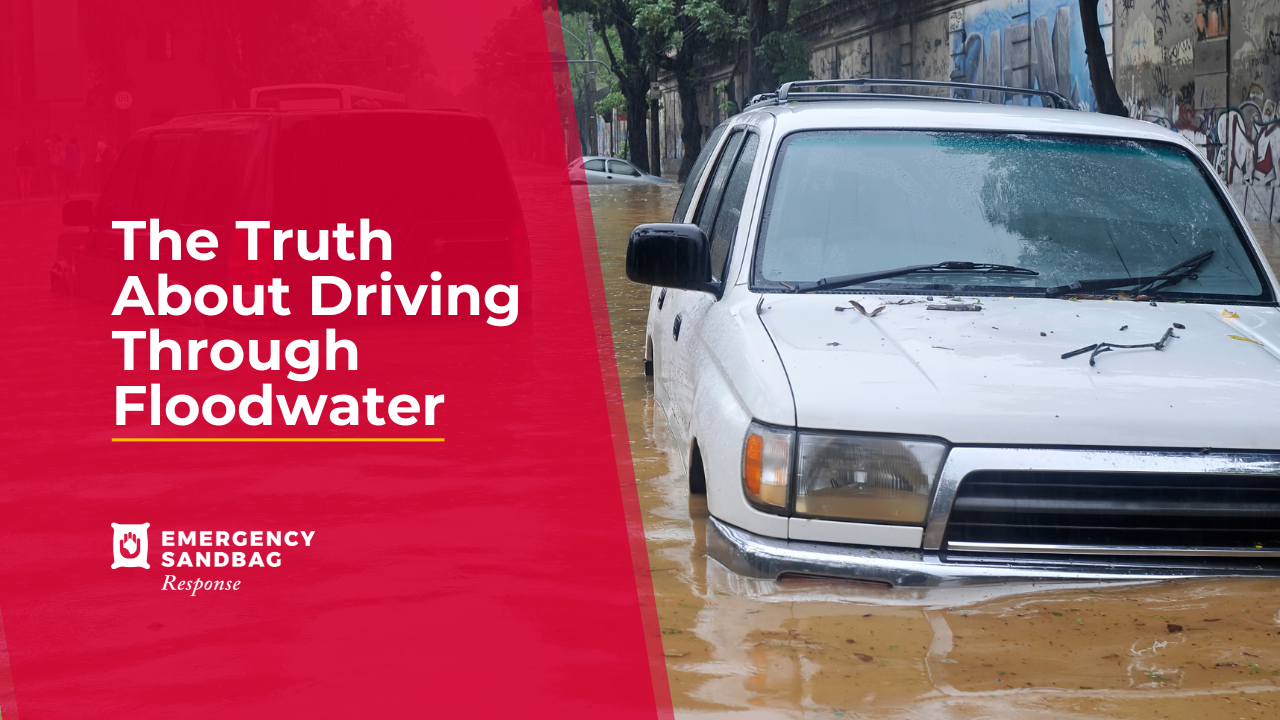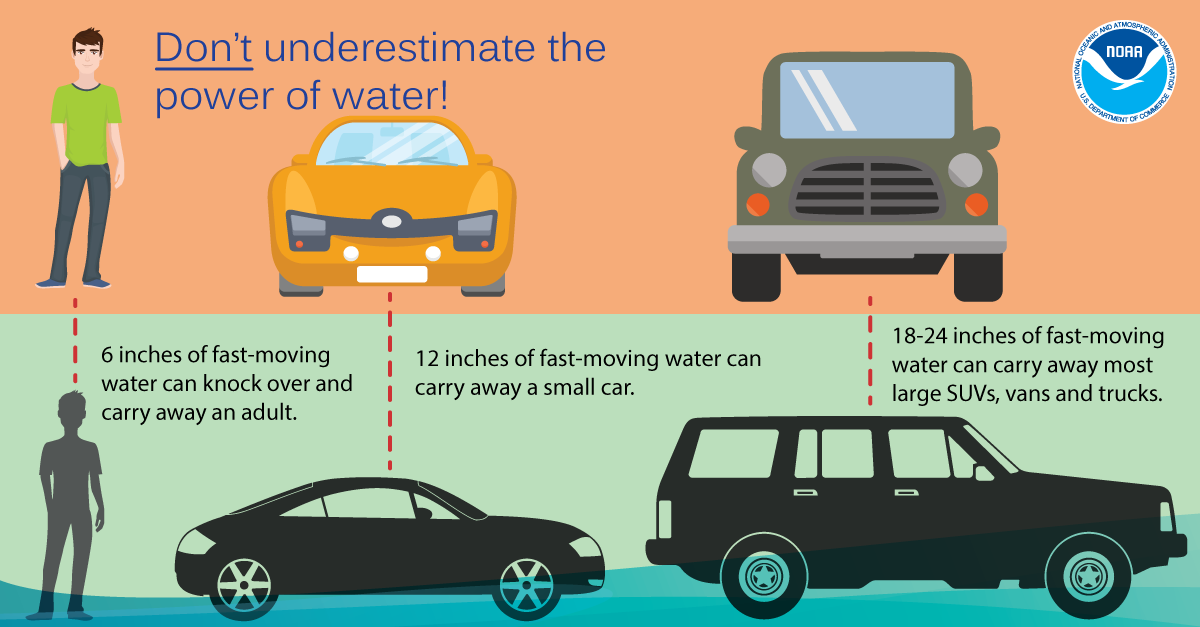Six Inches of Water: A Guide to the Dangers of Driving in a Flood
With recent news reports filled with images of widespread flooding and cars trapped in rising water, it's a stark reminder of one of the most misunderstood dangers of severe weather. While we often focus on the storm itself, the most frequent fatal decision is made behind the wheel of a car.
The numbers from authorities like NOAA and the National Weather Service are clear and sobering: more than half of all flood-related drownings occur when a vehicle is driven into hazardous floodwater.
This happens because it's incredibly difficult to judge the depth and speed of water covering a roadway. What may look like a shallow puddle can be a life-threatening situation.
The Physics of the Danger: How Little Water It Takes
It's easy to underestimate the immense power of water. Here’s what you need to know before attempting to cross a flooded road:
6 Inches of Water: This is just enough to reach the bottom of most passenger cars. It can cause a loss of control and stalling.
12 Inches of Water: Just one foot of water is enough to float many vehicles. Once your tires lose their grip on the pavement, you are no longer in control of your car; the water is.
24 Inches of Water: Two feet of rushing water can carry away most vehicles, including SUVs and pickup trucks.
Image Credit: NOAA / National Weather Service
The Golden Rule of Flood Safety
Because this is such a prevalent danger, public safety experts and the National Weather Service have established a simple, critical rule for survival: if you see a flooded road, you must turn around. It's a clear directive designed to save lives. The hidden dangers, from washed-out sections of road to unseen debris, are never worth the risk.
What You Can Do: Actionable Safety Tips
Always Obey Barricades: Never drive around road barricades. They are there for your protection.
Plan Alternate Routes: During periods of heavy rain, be aware of low-lying areas and have alternate routes in mind before you leave.
Be Extra Cautious at Night: The dangers of flooding are much harder to see in the dark. Exercise extreme caution.
When in Doubt, Back Out: If you cannot see the road markings beneath the water, do not attempt to cross. Turn around and find another way.
Image Credit: NOAA / National Weather Service
Your Destination is Not Worth Your Life
The single most important decision you can make when encountering a flooded road is also the simplest: turn around. No errand, meeting, or destination is worth risking your life or the lives of the first responders who may have to rescue you.
For more official safety information, please visit the National Weather Service and Ready.gov.
And download our Flood Safety Protocol for free to access more useful resources on flood preparedness.




